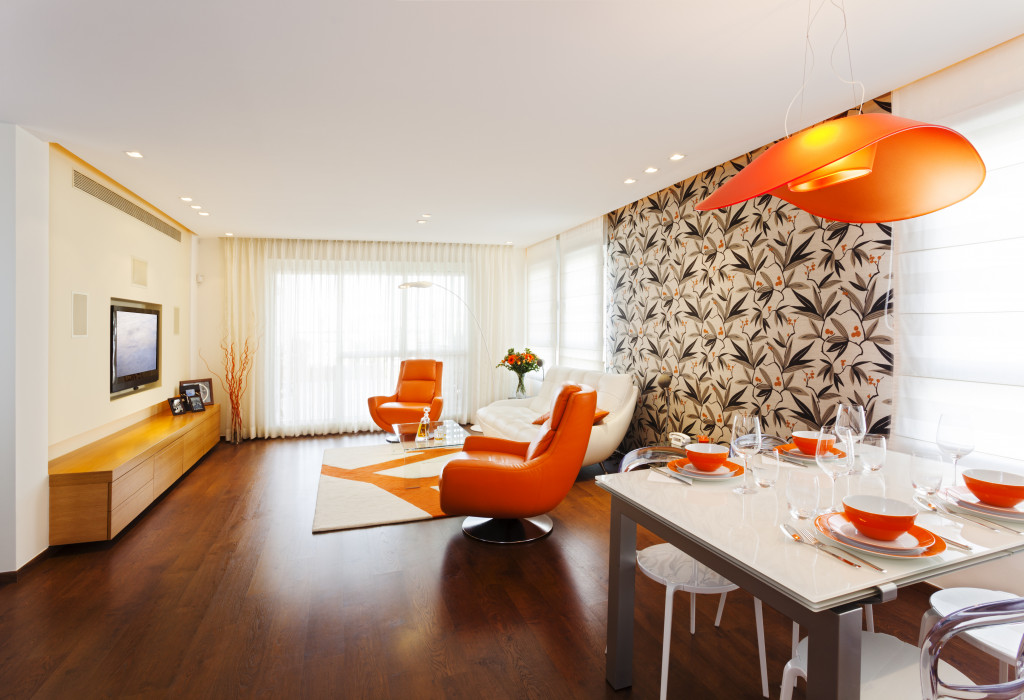Have we ever stayed home this much before the pandemic? Because of the outbreak, the government has to make people retreat to their homes. This isn’t temporary. It will be the trend for the coming years until people feel safer to spend time outdoors and travel once again. Because of this, there is a heavy reliance on our homes as a sanctuary. Before, our homes were a place to sleep and eat. But today, this unforeseen era cast a spotlight on our residences and how it will have to adapt to this new norm.
Do you need to renovate your home? Not really, but you do have to think about how you are using the space that’s available for you. It is also increasingly important to make sure it is a haven for the family by having an electrical inspection report. You should also check the plumbing system, roof, structural foundation, and pest/insect control. If you are going to stay indoors for prolonged periods of time, your home should at least be a sanctuary.
Secondary City and Remote Locations
Big cities are out, and remote locations are in. People are financially insecure right now. They don’t know if they have a job or a business to wake up to in the morning. They are staying more at home and less outdoors. For those in urban dwellings, this is a massive step backward from their pre-pandemic lives. Forget about urban traffic, people who live in the city love life outdoors. They love the buzz of the city streets and the busyness of people rushing to their destination.
If the pandemic has to take this away from them, then why do they have to pay expensive rents and high mortgages? If they are being forced to take salary cuts, then how can they afford to live in big cities? Many companies are looking at making the work-from-home setup permanent. This is now shifting the attention of home buyers to the suburbs, secondary cities, and remote locations. They don’t need to live in urban cities anymore if they are only going to work indoors.
Adaptable Layouts
People are going to rely on their homes for entertainment and leisure. This means your homes are no longer just for sleeping and eating. It has to welcome a small number of guests, too. It has to be a playroom, a gym, a sports center, a spa, and so much more. You can redesign and re-layout your homes, so you’ll have designated space for reading, napping, gardening, entertaining, and physical activity.
Architects are designing movable walls and divisions. This system will make a home more flexible and adaptable to what the homeowner needs it to be. If they want to entertain guests, they can remove the walls for an open-floor layout. If they want more privacy, they can adjust the walls and screens to transform an open floor into dedicated spaces.

Private Outdoor Space
Since the outbreak, people’s appreciation of outdoors and nature has increased. They appreciate spending time in nature now more than ever. However, they cannot simply walk in the park today. That is still seen as an unsafe activity.
This means that homeowners will want more outdoor space in their homes. Designers have to experiment with how to integrate outdoor space into the compact homes prevalent in urban areas. If you’re thinking about redesigning your home and incorporating more outdoor areas, consider rooftop gardens, porches, decks, balconies, and micro backyards.
Home Office
Are you working from home? People said it’s a dream to have flexible working hours, but that did not mean they want to work in their homes. It’s distracting to work at home. For parents, there are kids running around. For those living alone, there’s the pantry beckoning them to take a break and snack on unhealthy junk food. There is also the TV tempting workers to finish that Netflix series they started last night.
But because of the pandemic, people need to stay at home and work there. What space is available for you to work at home? Remote working may be the new norm, which means homeowners will want to create a home office that will make them productive and efficient. Some are even conceptualizing a home office that faces a dedicated outdoor space.
More and more people will want to stay at home to keep themselves safe from the virus. That means they will want to integrate outdoor and workstations into their interior designs. While most homes lack space, flexibility is the key to making it adapt to these new changes.

